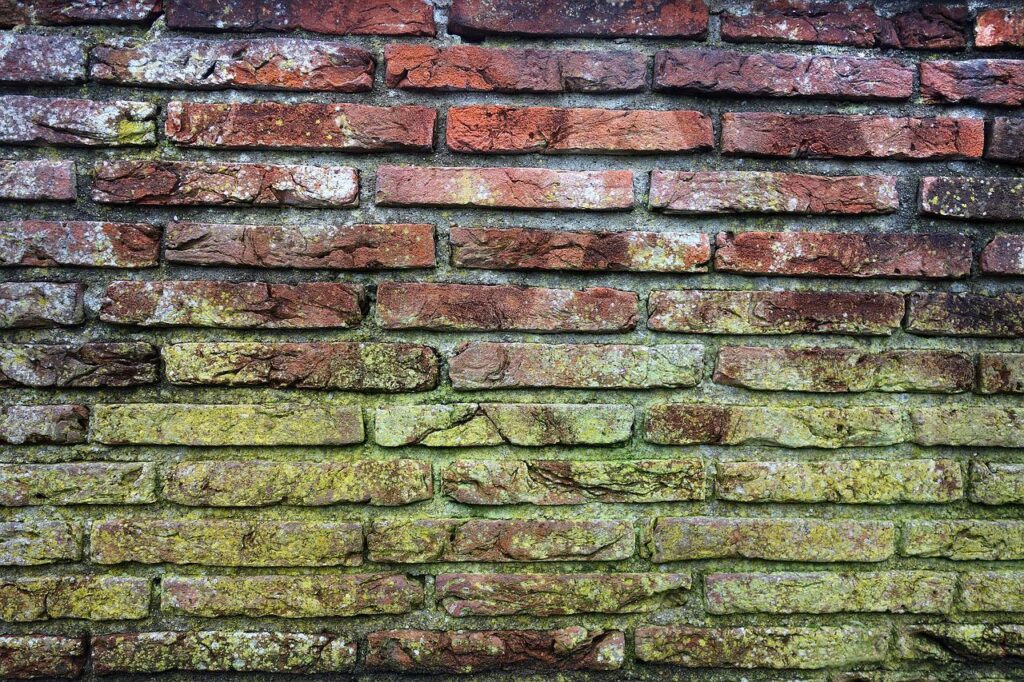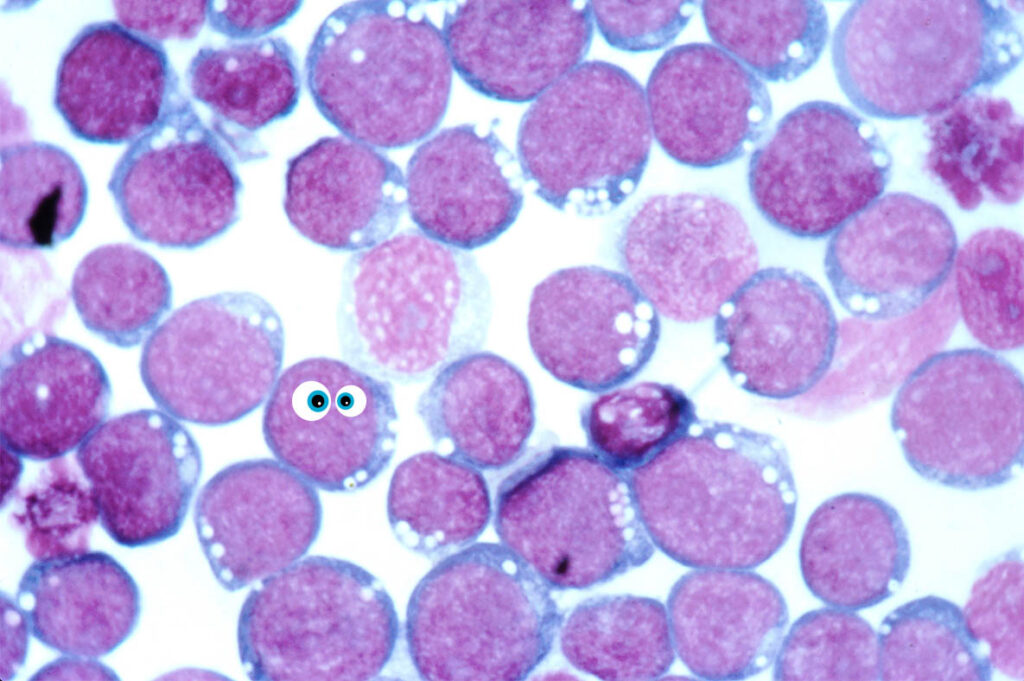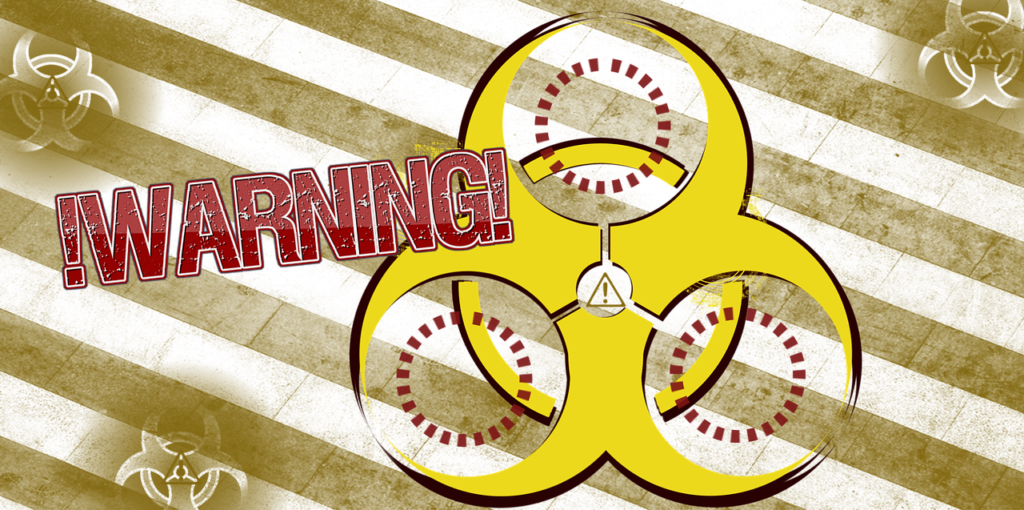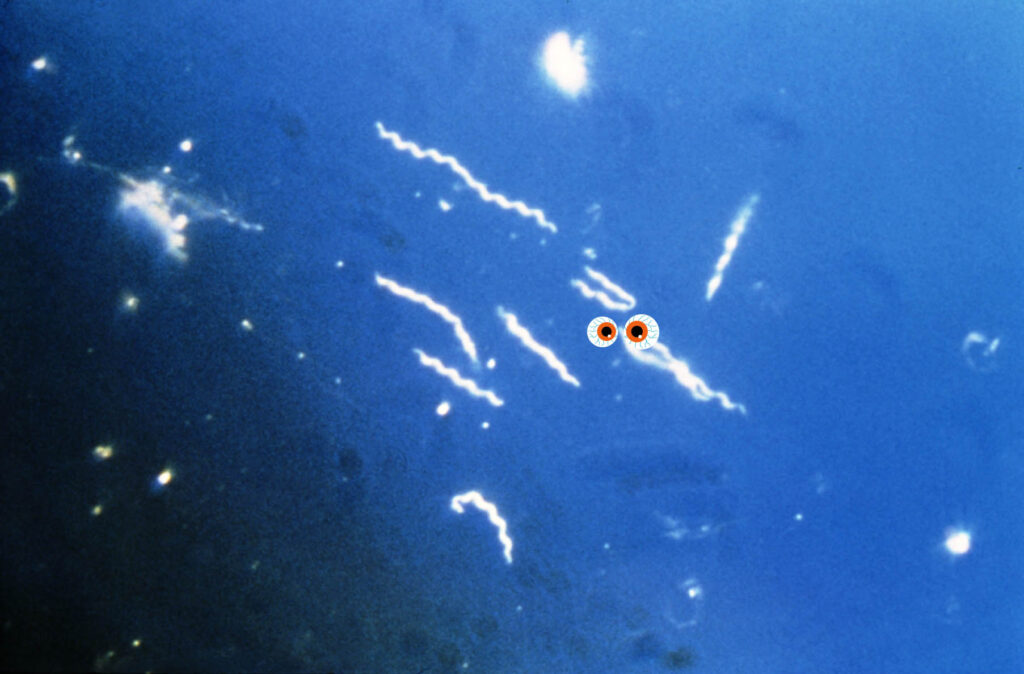In this post I want to share every remedy, supplement, integrative medicine treatment etc that I have researched and tried first hand, in the attempt to heal my various fungal infections. LINK
Conventional medicine often considers fungal infections in the lungs or sinus cavity, incurable. (see the full post about diagnosing Aspergillosis LINK). My personal opinion, supported by the encouraging findings of Denning et al, is that fungal infections are incurable mostly because the diagnosis takes too long, and doctors will refuse to treat it when it’s in the early stages (why they do that, that’s beyond me).
What I share here is NOT meant to replace conventional treatment. But as the current treatment guidelines for Aspergillosis force most patients to wait and do nothing for months or even years on end while this dangerous disease develops, I think it’s everyone’s right to do everything they can in order to keep their lungs from becoming damaged beyond repair, like I did.
The first point I want to convey with this post is that the earlier you start addressing the problem, the better your chances are to improve even without the help of conventional medicine (which usually arrives too late for a complete remission).
Herbal remedies are not as powerful as conventional anti fungal, I can vouch for their effectiveness if the problem is not very advanced, for other situations I have no personal experience (this is all I have to offer, just personal experiences) but I suspect that herbal remedies won’t cut it. After my illness had progressed, no herbs helped me, and only one year of conventional medication (Itraconazole) did the job.
In an ideal world doctors will treat fungal infections early on with the urgency that they deserve, but until this I hope that everyone who reads this understands the need to act fast.
The second point is that every species of fungus behaves differently and there are hardly any catch-all treatments (OK, maybe a couple of them, we’’ll get to that later). But if you find the correct treatment, that can be miraculously effective. For this reason, it is really useful to have a diagnosis with the name of the fungus, whenever possible.
The third point I want to make is: proceed with extreme caution. The danger of making the fungus resistant to all treatment after using the wrong treatment is real and not limited to conventional medication. Research and pay attention to the symptoms. The remedies themselves are mostly harmless, but of course there can be interactions with medications or even between remedies, so you need to be very careful, you are doing this at your own risk.
On the other hand I also want to stress that with the proper precautions all the remedies listed below (with the exceptions maybe of H2O inhalations and self-made ozone treatments) are pretty harmless and the worst that can happen is a temporary malaise, and it’s worth gathering the courage to experiment.
About my experience: I had to deal with two fungal colonisations in two separate occasions.
The first time Aspergillus Niger in my intestines after living in an apartment with an impressive mold problem (probably mold in the water too?), and the second time a mysterious fungal infection in my airways after inhaling a mold by accident. (the full story is explained here LINK).
Conventional doctors wouldn’t treat me, and the integrative doctors I contacted around Europe at the mention of fungal infection in the lungs threw up their hands and didn’t want the responsibility. For the first three years I had no name for the invader, then only a “probable” diagnosis (Penicillium), so my experimentations were pretty random. I just researched “large spectrum anti fungal” and hoped for the best (also I had already came across a good half of these remedies during my Lyme years).
The learning curve was pretty steep and I had no guidance, just the symptoms worsening or improving, and for the bowel infection yearly tests of Aspergillus IgG and IgE levels in the blood.
It is possible that some remedies that made me worse initially would have made it better later on had I stuck with them, but I didn’t have the luxury of risking to make the infection untreatable, so at the first clearly negative symptom I changed remedy.
I am going to list all the remedies I tried in chronological order. What didn’t work for me may work for you. Again, if you know the name of the species colonising you, you can research directly what can work against that particular species and save yourself a lot of time and money.
So, without further ado, this is my Insanely Long List of Antifungal Remedies.
1 – Cumanda (Campsiandra angustifolia bark) – actually the order is not completely random, I want to start with the two remedies that worked specifically for the Aspergillus Niger in my intestines . Cumanda was one. Cumanda is a large spectrum antimicrobial herbal tincture that is part of the Cowden protocol against Lyme. In the list of ailments it claimed to treat there was Aspergillosis.
I can confirm . It worked also against the mystery fungus, but after some weeks it gave me serious side effects (in the Cowden protocol it is prescribed only for short term), so it was not a permanent solution for me.
2 – Nystatin. Common treatment for Candida, it does kill some Aspergillus species (a list here and another list) but mostly on contact. I imagine that was the reason why it worked so miraculously on the A. Niger growth in my intestines, but not on fungus in other locations. I have read papers about Nystatin local wash for sinus infections, it seems like a great idea. This old paper mentions using Nystatin nebulisations. Also this. And In Germany. A more recent publication on wounds. More wounds. For sinus infections. In humans and animals. More about sinus infections by modern “mold doctors” (aka, the MDs that recognise mycotoxin illness).
3 – Ten in One (in Europe, Klinghardt Spezial). The only other thing that seemed to have some effect on my Aspergillus colonisation. I have no objective proof, but it seems a very good combination of essential oils and ozonised oil and I do recommend it for parasites. Confronted with the mystery fungal infection (probably Penicillium) it made it worse.
4 -CBD oil. LINK Let’s go back to the mystery fungus I got in my lungs. When I didn’t know what was ailing me, I took really large quantities of CBD oil and it seemed to help in the beginning. After it came back stronger, it made it worse. I wrote a full post about CBD oil here LINK.
5 – Pure Pine tree gum oil (turpentine). LINK The recent popularity of turpentine (the traditional one from pine resin, not the kind you buy in the hardware store) thanks to a Dr Daniels of youtube fame made me write a whole post about it, you can read it here. I never had the guts to eat it (literally, because you need at least three bowel movements a day to do that), but just by rubbing it externally I had pretty amazing results. Rubbing it on the chest helped for a few days in the beginning. When the fungus came back and I tried again, after some applications it seemed to increase the irritation and made me cough a little blood. I stopped. See my full post about Turpentine LINK.
6 – Essential oils, steam inhalation.( LINK See the full post) In the past I had used many times steam inhalations with essential oils to stop all kinds of infections. When humble essential oils stopped an almost inevitable aspiration pneumonia from the piece of almond stuck in my bronchia, I was really impressed.
While many essential oils have anti fungal properties, these are the ones I tried most. I must admit that for my fungus no essential oil worked, but, again, it is worth trying.
Oregano, Thyme, Eucalyptus, Cedar wood, Cinnamon, Clove, Tea tree, Peppermint, Lavender, Frankinsense, Copaiba, Neroli, Cypress, Lemongrass, Lemon, Vanilla, and a few more.
7 – Astragalus. it seems to have anti fungal properties, check out this article and this article. In my case, it made it worse.
8 – Pau d’Arco. Otherwise known as Red Lapacho or Lapacho, Pau d’Arco is a herb commonly used by traditional medicine in South America, it has various positive effects on the immune system and apparently anti fungal effect against candida and other fungi. In my case, it made it worse. About Pau D’Arco, as an anti inflammatory and anti fungal, and against Candida.
9 – Turmeric / golden paste. made it worse. About the alleged antifungal properties of turmeric, here and also here. A link to how to make Golden Paste here LINK.
10 -Coconut oil. a well known mild anti fungal, especially against Candida, coconut oil didn’t work for me. For some reason all oils made my fungal infection worse, so maybe Kaufmann is right? I explain about the Kaufmann diet here LINK.
11 – Propolis. There is quite a bit of research on propolis as a substitute of or a reinforcement to treatment with azoles, so I tried it, but it made it worse. Very interesting though, you can read here about its effects on different fungi, as a general antimicrobial, its traditional use in Argentina, (more here) , and in conjunction with Azoles.
12 – Neem. I had been taking it before as an anti parasitic, but as an anti fungal it didn’t work for me. Too bad because it has showed some effects in vitro against various Aspergillus species, and it is traditionally used as anti fungal.
13 – Artemisia. Artemisia Annua is a a classic anti parasitic. My mistake was reading this article about its cousin Artemisia Thuscula and thinking that a different subspecies didn’t make much difference, it did, it made it worse.
14 – Manuka honey. Manuka honey is mostly an anti viral, but a couple of publications mentioned using it with success against fungal sinusitis – also here – I tried the essential oil and the honey, it didn’t help me.
15 – Enula. Composite remedy, the anti parasitic weapon in the Cowden protocol arsenal. It combines tinctures the two herbs Elecampane (Inula) and Jalap, it was slightly effective but only Elecampane was specifically for respiratory issues so I ordered the single herb, see below.
16 – Elecampane (Inula). A herb generally used for pulmonary afflictions, I bought the tincture after the more serious fungus-related asthma appeared, in the beginning of my illness. In a few days breathing troubles disappeared, and the itching symptoms reduced, but after a few more days I was in constant hyper-oxygenation (it was like the herb was making be breath a bit too well) and lower dosages didn’t remove the symptoms anymore, so I had to let it go. I keep it around in case asthma returns (it worked well with lack of breathing caused by Covid). Very powerful herb, like a natural Ventolin. Read here about its antimicrobial effects, here about traditional usage, and anti fungal properties.
17 – Samento (Uncaria Tormentosa). Herb used in the Cowden protocol, mostly antibacterial. I tried it because I found some articles about its anti fungal activities, and how it has been used in conjunction with conventional medication against fungi. Didn’t work, possibly made it worse.
18 – Banderol (Otoba parvifolia). Another tincture from the Cowden Protocol, I started taking it to counteract a staph infection, then I discovered that it worked on the fungus too. Sadly, after a couple of months the side effects became too strong. It seems to work, but only when the infection is contained (it stopped working during the worst period, then two years later it had some mild effect again). It’s traditionally used against some fungal parasites, against protozoa, and all sorts of critters.
19 – Monolaurin. one of the first things I tried because I was already taking it against reactivated Epstein Barr virus, for some reason, just like the coconut oil it derives from, it made the infection much worse. It is listed as anti fungal though. As I’ve written several times, it probably depends on the fungus. More about its antiviral and antibacterial properties here.
20 – Myrtle. made it better for a few days, then made it worse. I was disappointed because several articles made it look very promising: in vitro against dermatophytes, against Candida (also here), more about Candida, and against Aspergillus.
21 – Teasel. herb used against Lyme, and only remotely anti fungal, I should have spared myself the trouble. Great for Lyme though, apparently.
22 – Topinambour extract. no effect. This was another remedy I tried just because it was there, but if you are dealing with one of these rare fungi, who knows, it may help.
23 – Chanca Piedra. I had used it a year prior it to reduce a gallstone (with moderate success). I still had some, I tried it, in principle it could have helped, no effect. Find more about it under its botanical name of Phyllanthus Niruri. Also here and here.
24 – Colloidal silver. both oral drops and nebulisation. Touted as the best anti fungal remedy, in my case it improved the situation for some days, then made it much worse. There are many studies about colloidal silver, I will just list a few here: general evaluation, in combination with Ketonazole, in comparison with colloidal gold, and against Candida. Worth trying.
25 – Black seed oil. Nigella Sativa is apparently the cure-all in large part of the Middle East, its uses in traditional medicine are well documented. Like the other oils, it made my fungus much worse. Sad, because it seems to be effective against various fungi.
LIST CONTINUES IN PART 2 LINK AND PART 3 LINK







